Categories
- All Products (In Stock)
- Accessories
- Board Games
- Card Games
- Cats
- Cooperative Games
- COBI - Construction Blocks
- Deckbuilding Games
- Dice
- Educational Games
- Games Workshop
- Hobby Paint
- Hobby Supplies
- Hobby Tools
- IQ Puzzles
- Jigsaw Puzzles
- Kid's Games
- Metal Earth
- Miniatures
- NZ Made & Created
- On Sale
- R18+ Games
- Role Playing Games
- Traditional Games
- Warlord Games
- Word Games
- Star Wars: Legion
The new plastic kit for the British and Canadians is fantastically detailed and allows for myriad customization options. Our customer service boffins worked out that there are a possible 396 variations that can be made BEFORE the consideration of optional heads and additional accessories such as maps; waving arms and binoculars.
The new kit is packed with optional extras; with head options for steel helmets; assault helmets and Tam o’shanter caps (for Scottish or Canadian troops); as well as weapons including: Lee Enfield No 4 rifle; Bren light machine gun; Sten sub-machine gun; 2-inch light mortar; PIAT anti-tank projector; Webley service revolver and Mills Bombs; additional accessories and command options.
A British infantry squad was referred to as a section. It normally consisted of ten men and was divided into a separate rifle group and Bren group. Each section was led by a corporal armed with a rifle or pistol and included a lance corporal who was in charge of the Bren group. All the section members apart from the corporal carried ammunition for the Bren – 700 rounds in 25 magazines in all. In addition; all men carried grenades. As the war progressed; additional weaponry was acquired. The section leader and/or second in command would be issued with Thompson or Sten submachine guns (though these were sometimes quietly ‘lost’ to avoid making themselves obvious targets for snipers). Late in the war a second Bren was added to many Veteran sections; whether this was officially part of their issue or not.
Canadian infantry sections were organised in the same way as their British counterparts. From 1943–45; due to the Canadian practice of employing MMGs and HMGs on Universal Carriers; spare Bren guns also became available to some infantry sections. All three Canadian infantry divisions were trained to conduct amphibious landing operations. Canadians participated in landings at Dieppe; Sicily; Italy; Normandy; the Breskens Pocket and the Rhine crossing. 3rd Canadian Infantry Division conducted so many amphibious assaults they earned the nickname ‘The Water Rats’ from Field Marshal Montgomery.
Contains:
30 Plastic Infantry
Plastic Bases
Assembly Guide
Full Colour Waterslide Decal Sheets for both British & Canadian Troops






























































